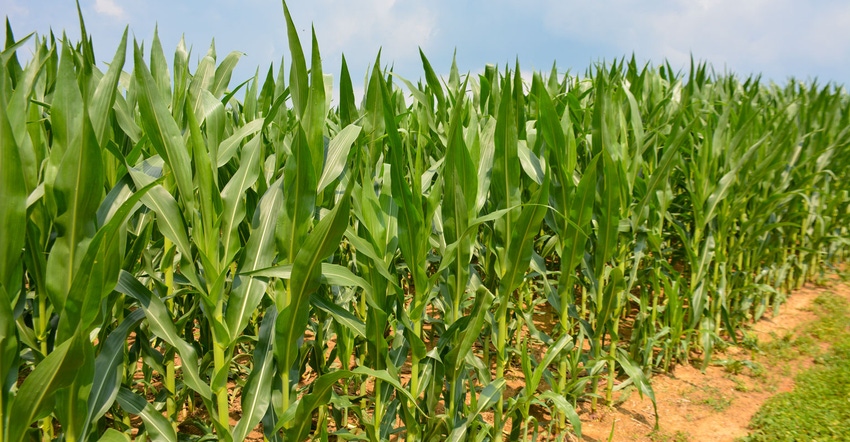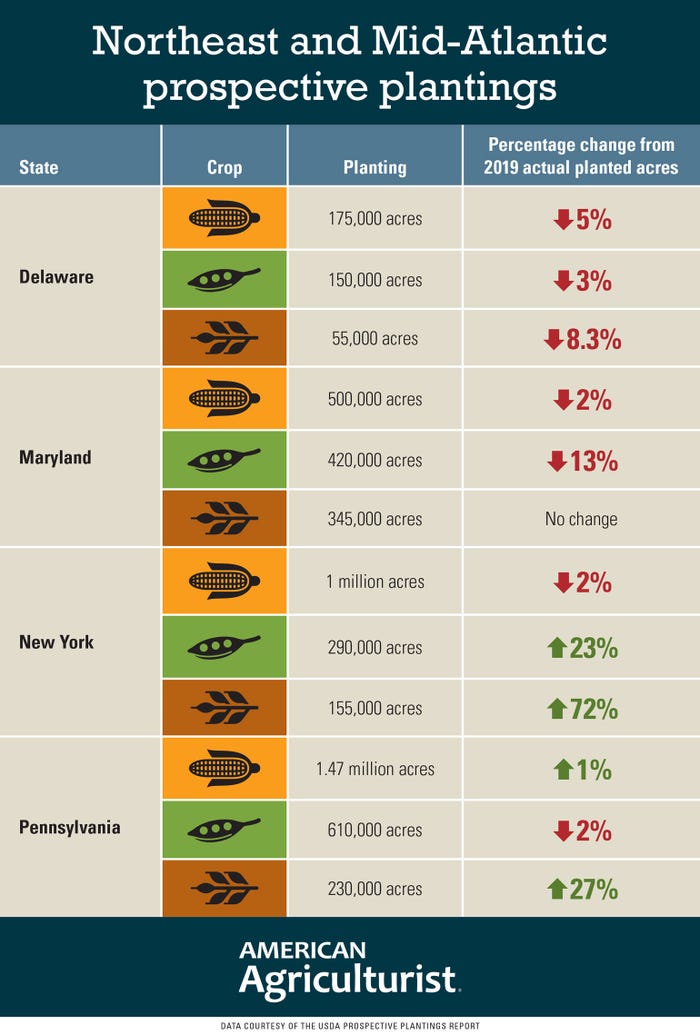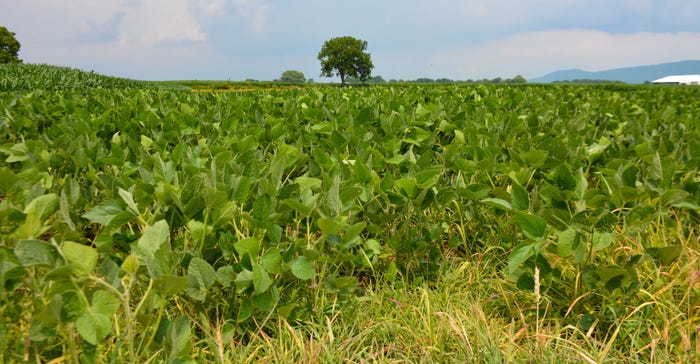
Like most places, growers in the Mid-Atlantic and Northeast have generally planted less corn than what was expected in March, but soybean acreage is also down in most places.
According to the June Crop Acreage Report, the annual in-season revision of planted acreage, Pennsylvania farmers planted 20,000 more corn acres this spring — 1.47 million acres total, the most acreage in the region. But farmers in New York planted 20,000 acres less corn — 1 million acres total, the second-highest acreage in the region.
Other states are also seeing less corn acres except for New Jersey, where growers planted 13,000 more acres this spring — 90,000 acres total.
But growers aren’t switching to soybeans. Only New York growers planted more soybeans — 55,000 more acres this spring, totaling 290,000 acres. Maryland, Pennsylvania and Delaware, the other major soybean production states, also have less soybean acres growing.
So what are growers planting more of? Think oats, barley and wheat. New York and Pennsylvania growers planted 100,000 more acres of wheat this season.
Hay acreage is a mixed bag with some states seeing more acres and other places with less acreage.
Here is the state-by-state list of crop acreage:

Corn. Connecticut: 23,000 acres; Delaware: 175,000 acres, down 10,000 acres; Maine: 27,000 acres, down 2,000 acres; Maryland: 500,000 acres, down 10,000 acres; Massachusetts: 13,000 acres, down 1,000 acres; New Hampshire: 12,000 acres, no change; New Jersey: 90,000 acres, up 13,000 acres; New York: 1 million acres, down 20,000 acres; Pennsylvania: 1.47 million acres, up 20,000 acres; and Vermont: 81,000 acres, unchanged.
Oats. Maine: 25,000 acres, up 3,000 acres; New York: 59,000 acres, up 3,000 acres; and Pennsylvania: 94,000 acres, up 9,000 acres.
Barley. Delaware: 21,000 acres, unchanged; Maine: 17,000 acres, up 1,000 acres; Maryland: 35,000 acres, up 3,000 acres; New York: 10,000 acres, unchanged; and Pennsylvania: 47,000 acres, up 12,000 acres.
Wheat. Delaware: 55,000 acres, down 5,000 acres; Maryland: 345,000 acres, unchanged; New Jersey: 25,000 acres, up 6,000 acres; New York: 155,000 acres, up 65,000 acres; and Pennsylvania: 230,000 acres, up 50,000 acres.
Hay. Connecticut: 48,000 acres, up 1,000 acres; Delaware: 13,000 acres, down 1,000 acres; Maine: 110,000 acres, unchanged; Maryland: 215,000 acres, up 26,000 acres; Massachusetts: 65,000 acres, up 14,000 acres; New Hampshire: 49,000 acres, unchanged; New Jersey: 97,000 acres, up 6,000 acres; New York: 1.08 million acres, down 100,000 acres; Pennsylvania: 1.19 million acres, down 15,000 acres; and Vermont: 177,000 acres, up 17,000 acres
Soybeans. Delaware: 150,000 acres, down 5,000 acres; Maryland: 420,000 acres, down 60,000 acres; New Jersey: 80,000 acres, down 15,000 acres; New York: 290,000 acres, up 55,000 acres; and Pennsylvania: 610,000 acres, down 10,000 acres.
Tobacco. Pennsylvania: 4,800 acres, down 900 acres.
Potatoes. Maine: 51,000 acres, down 1,000 acres.
Nationally, the USDA’s June Crop Acreage Report revised corn acreage down from the March intended plantings report to 92 million acres, 3% more than last year but down 5 million acres from the March report.
Iowa leads the nation in corn acreage with 14 million acres, a 4% increase over last year. Illinois is second with 10.9 million acres of corn planted, up 4% from 2019, while Nebraska farmers planted 9.8 million acres, down 3% from 2019.
 SPROUTING SOYBEANS: The canopy is closing on this field of soybeans in Lebanon County, Pa. Nationwide, farmers are planting less corn and more soybeans this year. But locally, corn and soybean acreage is down, in favor of more small grains.
SPROUTING SOYBEANS: The canopy is closing on this field of soybeans in Lebanon County, Pa. Nationwide, farmers are planting less corn and more soybeans this year. But locally, corn and soybean acreage is down, in favor of more small grains.

Ohio farmers planted 29% more corn this year — 3.4 million acres — the largest increase in the nation.
The June report estimates soybean plantings at 83.8 million acres, up 10% from last year. Illinois leads the country in planted soybean acreage with 10.4 million acres, up 5% from last year. Iowa is second with 9.4 million acres, up 2% from last year, followed by Minnesota at 7.4 million acres, up 8% from last year.
Texas farmers are planting 69% more soybeans this year, the largest year-over-year increase. Soybean acreage is up 49% in South Dakota and 31% in Michigan.
About the Author(s)
You May Also Like






